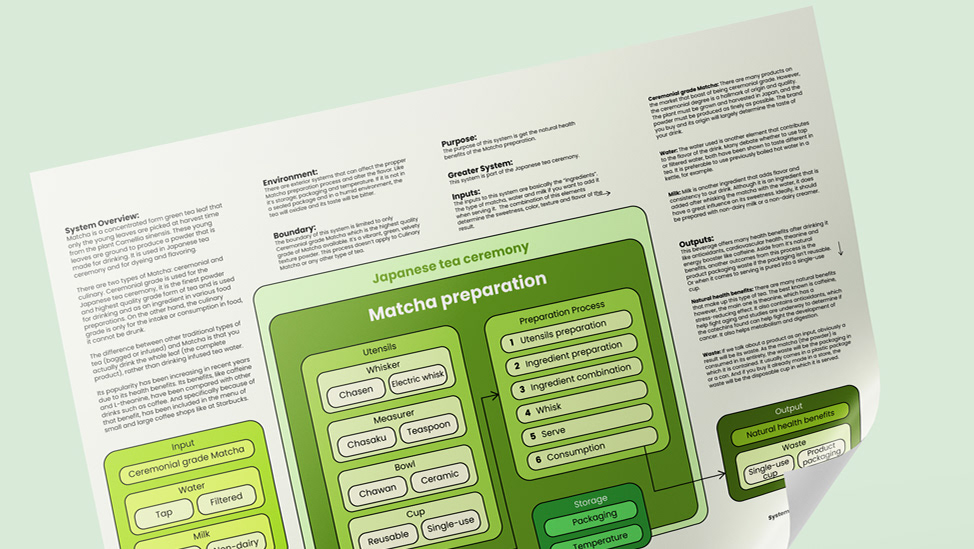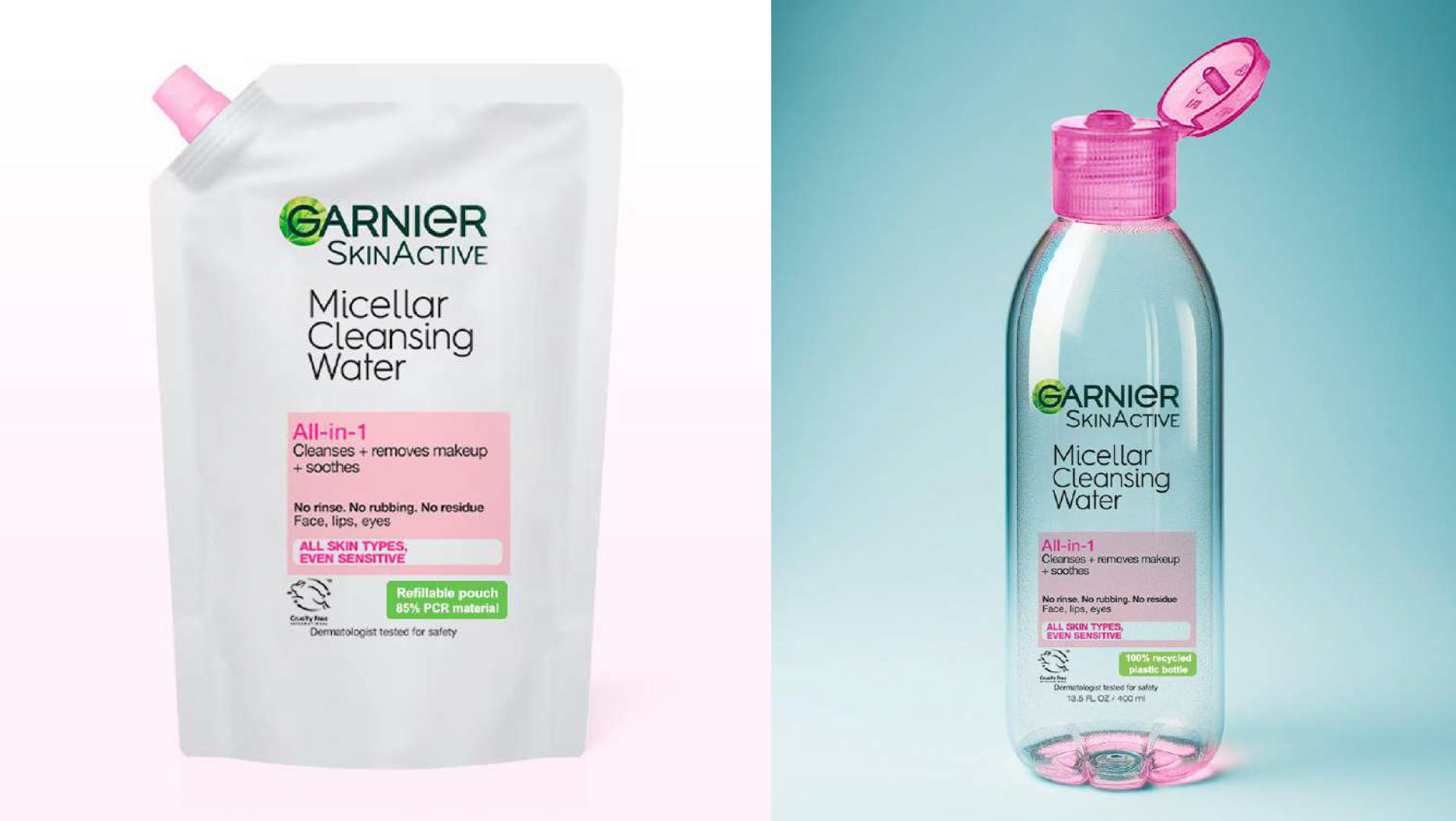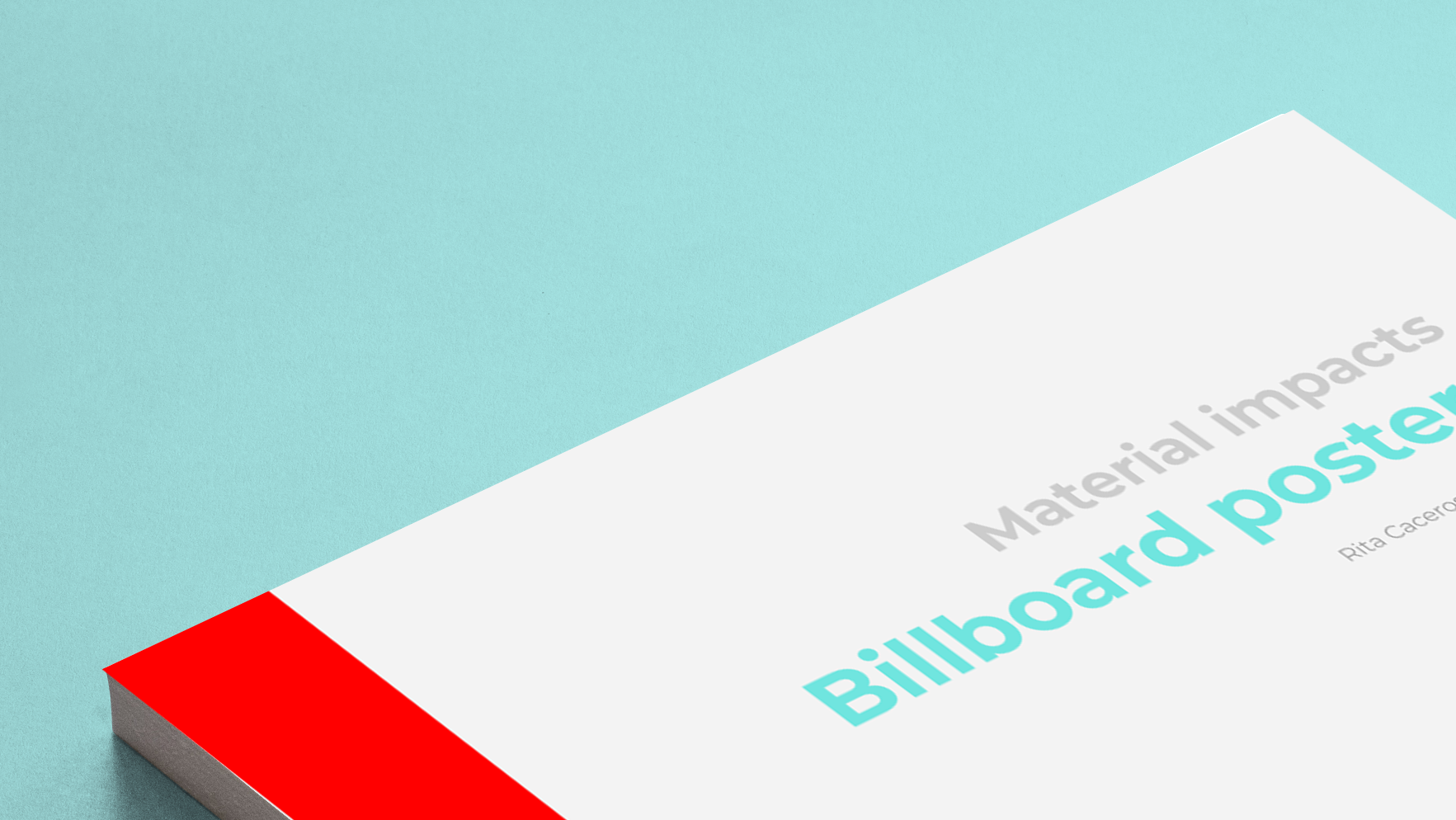By understanding how people live we can determine how they behave in society and with themselves. Many of the habits or routines that strengthen sustainability come from people who have the opportunity to adapt them in their lives, but what about those who do not have the necessary spaces or resources to have a sustainable life?
Homeowners have diverse options to create a water harvesting and storage system, but what about people who rent small spaces without a garden? They probably don't have a place to put a gallon capacity collection system and they also don't have permission to modify their roof water drainage. Due to the limited choice of products in the market that exist for this segment, people living in apartments and small spaces leave out the rainwater capture option. And that's why I thought about Drop.
The watering can is intended to be produced and manufactured locally, the container could be PLA (corn-based) and the lid could be ceramic allowing the watering can to stay in place due to its weight. The handle is made from responsibly grown bamboo and the filter can be made of aluminum. These materials can be easily recycled at the end of their useful life.
You can find the watering can at retail stores such as EPA, Cemaco, Novex and Walmart located in Guatemala City. You can also find it at plant nurseries such as Flora, Botanik and Plant.
B2B is a great opportunity to partner with apartment buildings by displaying them in the lobby at a discount.
The Drop watering can come available in three colors, chosen by the audience. These colors blend in with the balcony of the audience and keep a neutral color keeping the importance of minimalism and aesthetics.
The packaging, made of cardboard, indicates the color of the watering can, reinforces that it is a product for capturing rainwater, instructions for use, and a phrase that connects with the consumer.
"Alone we are a drop, together we are rain"
This innovation is a tool for a human job-to-be-done (watering plants) but also you can see it as a tool for rainwater administration. Intentional design is the key to this innovation. Small spaces need a well-thought-out product specifically designed for the user and their environment.
Academic project for Innovation Tools and Techniques course, Fall 2023.








